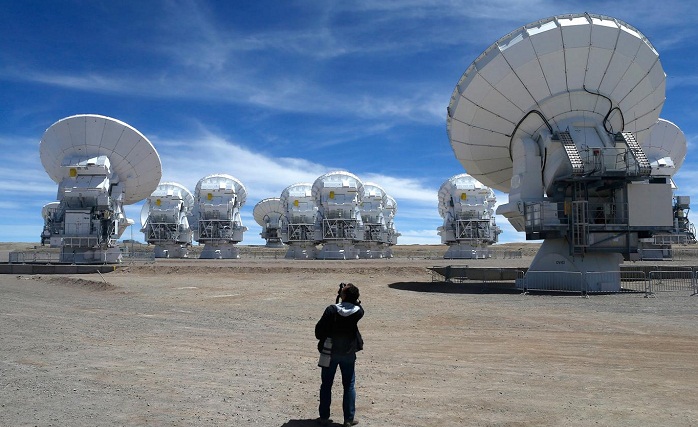Scientists finally pinpoint source of universe

The bursts have perplexed scientists since they were first discovered in 2007. Some of them have strange characteristics, which have even led to speculation that they could be caused by alien technology.
But scientists have found a potential source for at least one of the strange message. It appears to be emanating from an elliptical galaxy and was probably caused by two colliding neutron stars, according to a new report in Nature.
Scientists have a tendency to only spot the messages after they have been sent, meaning that they are often hard to locate or even study in any detail. But one of the messages made its way to Earth in April last year, and scientists managed to track down to a specific galaxy.
That galaxy turns out new stars rarely, which probably means that the sound came from the collision of two older neutron stars that came gradually closer and then merged into one.
That explanation wouldn’t solve all of the mysteries of the fast radio bursts. But it could tell us huge amounts about the makeup and the beginning of the universe.
Scientists are able to look at the message and see how “smeared” it is, and by doing so work out exactly how much material it passed through on its way to Earth. Scientists could work out precisely how much of that is observable — hopefully working out how much of our universe is made up of invisible dark energy or dark matter.
Scientists hope to build and switch on new instruments that will be able to measure the bursts, and hopefully use them to learn more about where exactly they are coming from and how they are made.















































